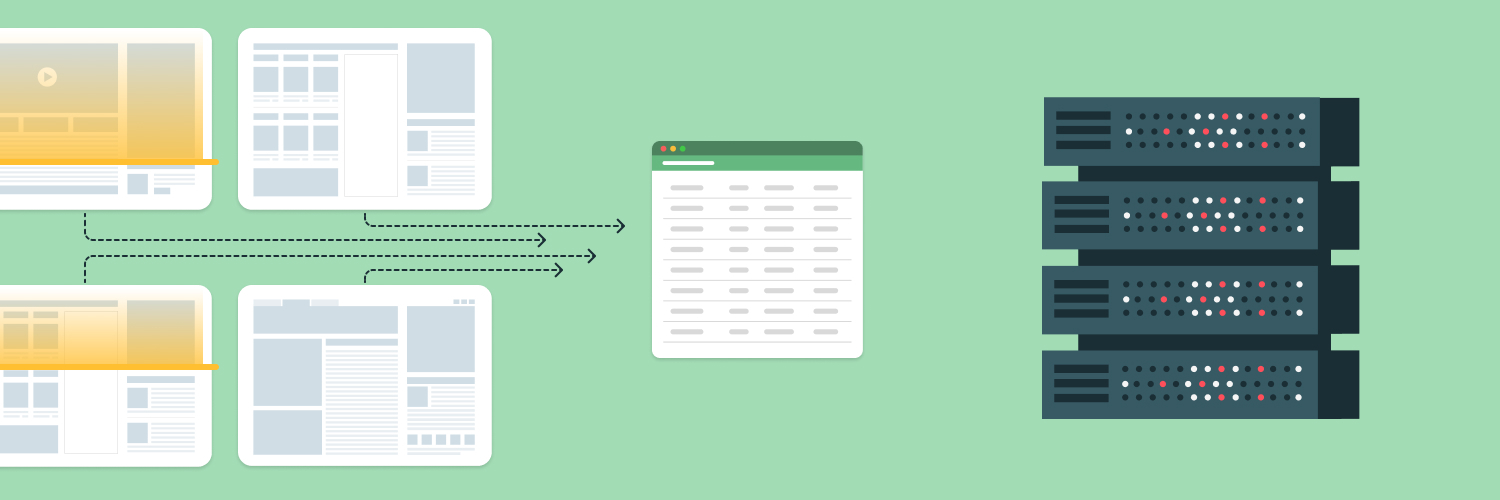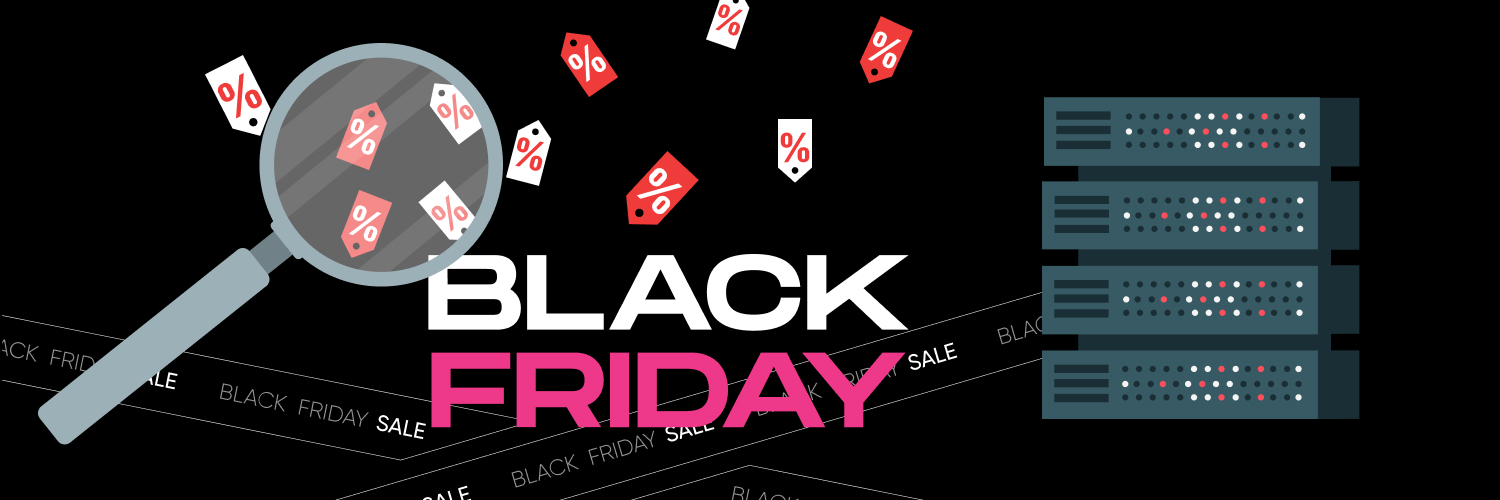The Four Major Components of Market Intelligence
Market Intelligence is sometimes confused with Business Intelligence. The latter term simply refers to a thorough analysis of how the operations of your business are functioning. This is important, certainly, but it’s just a way of auditing your day-to-day procedures and operations. It looks inwards, whereas market intelligence looks outwards, into the market and the wider world.
Good market intelligence incorporates much of the data that business intelligence can provide, but also draws upon information from sources outside the company’s direct reach. These types of analysis are better understood as an overlapping pair of circles on a Venn Diagram:

What is Market Intelligence?

Put simply, market intelligence is a deep dive into the way your company performs within the marketplace. Market Intelligence is a different approach to what was once termed SWOT Analysis (strengths, weaknesses, opportunities, and strengths) but applied to every stratum of the operation.
There are four aspects to this type of analysis, each looking at a different part of the business and the environment in which it operates.
The Four Aspects of Market Intelligence

What are these four components, and what tools and processes can be undertaken to gain a competitive edge in your sector? Let’s break them down one by one.
1: Market Analysis
The online marketplace is a colorful, cluttered space.
This component looks at the wider environment within which your business sits – what is the shape of the current market? How is it segmented? How big is it, in terms of both dollars spent and customer base? How are these consumers reached with marketing and advertising? Is the marketplace booming, dwindling, fragmenting, or consolidating? What types of customer dominate and what are their characteristics? Have there been legislative changes with affect the market?
These are just a few of the questions you can ask. To answer them you can access the following information sources:
- Industry White Papers and Reports.
- Trade Publications, Books, and Online Resources.
- News Reports, Newsletters and Social Media Trends.
- Market Statistics and Data Sources.
- Market Research – Published or Newly Commissioned.
Trendspotting is a vital aspect of market analysis and it can sometimes seem like an arcane art. But using data scraping to spot social media mentions or high-ranking Google searches can help you stay one step ahead of the competition.
2: Competitor Analysis
This is far too often overlooked. You need to keep an eye on what your competitors are doing, and garner (though legal means) any information you can about their plans. How have you differentiated yourself amongst your competitors? Which new contenders have appeared on the scene? Are usurpers breaking through from related industries? Who has recently gone under? What M&E activity is there in the sector?
There are many questions you can ask about your competitors that will help you reposition your business, learn from the mistakes of others and seize opportunities before your competition.
Here you can turn to the following sources of data:
- Manual Web Presence Analysis.
- Data Scraping for Brand Mentions.
- Industry News – start-ups, M&E action, public offerings, bankruptcy.
- Market Capitalization and Share Price Values.
- Product Launches and Online Buzz.
- Customer Reviews (particularly criticism).
The two items in bold can be gathered with data scraping, a method of obtaining information in bulk by using “crawlers” to search the internet for relevant data and return it to you for perusal.
Many companies utilize clever systems to detect and prevent what they consider suspicious access, including IP recognition and blocking. Unfortunately, such systems can be overzealous, blocking even harmless activities like data scraping. Rayobyte can assist by providing proxy addresses which circumvent such measures.
Check out this incredible offer, for ethically sourced, residential proxies for just $2/GB/month.
3: Customer Understanding
Get to know your customers, both actual and potential.
There are a range of ways you can get to know your customers better. Most obviously, you can break down your existing customers in terms of their demographics and online behavior as they visit your site (or physical outlets). That’s data you should have readily to hand through your CRM system and whatever sales analytics you use.
You can also look at your site visitors, even those who have not yet become customers. Various tools exist to analyze the behavior of site visitors, getting as granular as time on page and even cursor position on screen (which parts of each webpage see the most traffic).
Finally, you actively canvas your most loyal customers, perhaps using the sweetener of a reward for completing an online survey (using a system like SurveyMonkey for instance), or a pop-up question on your landing page. Rewards might include discount codes, free offers, or entries into prize draws.
The aim here is to be able to identify:
- Dedicated Customers – those who are most loyal, acting as unofficial brand ambassadors.
- Occasional Customers – those who can be turned into repeat customers.
- Visitors with Abandoned Shopping Carts – a significant untapped resource.
- Potential, yet Unreached Customers – for marketing and ad targeting
Again, data scraping can be vital here, since you’re not just looking inwards at your actual customer base, but outward to reach customers who abandoned your sales pipeline at various stages. By doing so you can improve your conversion rate and make significant financial gains.
For high-volume data scraping, why not try out our elite Enterprise proxy solutions for FREE.
4: Product Evaluation
It may seem odd to leave this component to the end, when it may be the one thing that kicked off your business, but once you have an established business or brand, you aren’t necessarily tied to one product or product line.
Did you know for instance that Flickr began as an online multiplayer role playing game called Game Neverending, which included, as one of its features, an online photo sharing facility? Or that Suzuki, far from being a purveyor of high-performance motorcycles, began life as a weaving loom manufacturer? As an article in Forbes, reveals, such dramatic and unexpected product pivots are not uncommon.
You can use surveys, focus groups or beta testers to analyze existing or prototype products. However, if you want the truth about how your current product line is perceived, then you’ll want to try review and social media monitoring. Once again, data scraping is key, and you’ll want to use the services of a proxy provider to gain access to how your customers really feel about your products.
Market Intelligence can of course provide insight into which products are likely to succeed, and these can help inform your innovation board or R&D department. By making data scraping more efficient, proxy providers can help you gather those thousands of Trustpilot or Amazon Reviews together and start getting to grips with the trends they reveal.
Objective Driven Research

It’s a good idea to begin by asking what questions you’d like to have answered about the marketplace – what are your research objectives? One way to think about this is to imagine what potential investors would want to know before putting their faith in your brand.
Here are just some of the questions you might seek to answer:
- Is our current product line best suited to the marketplace?
- Do we have regular customers to whom we could push a new product line?
- Are there associated sectors of the marketplace we’re neglecting?
- Are we reaching our customers through the right channels?
- Is our brand under threat from new competitors?
- What areas are currently under-resourced within our organization?
- And many more…
Market Intelligence and SEO

Once you’ve gathered all the intelligence you can across these four market components, you can better position your brand to increase traffic and conversions, refine your product line and improve your online visibility, using SEO. After all, how can you know which keywords to promote or what blog articles to commission if you don’t have a full understanding of what the market is looking for?
SEO lies at the heart of your business, at a time when so many aspects of a consumer’s life have moved online, from entertainment to education, self-improvement, health and wellbeing, ecommerce and even dating. In an ever more competitive environment, you want to pull together as many resources as you can to achieve standout.
The Importance of Data Scraping

As we saw in the breakdown above, so many of these pieces of the data jigsaw cannot simply be put together from information that lies readily to hand. Having a full understanding of the marketplace means going out into the digital world and bringing back high-quality intelligence from all manner of sources.
As marketing intelligence becomes more and more sophisticated, data scraping traffic will inevitably increase, and some sites will institute overzealous measures to keep unwanted traffic out. This can engender a sort of “gold rush” effect, with multiple parties scrambling to acquire a competitive edge by targeting the same information sources.
At Rayobyte, we believe in maintaining an ethical approach to data aggregation. We provide high quality, ethically sourced proxies, which will help you obtain the information you need. By partnering with us, you are assured that the residential proxies we provide come from individuals who are fully consenting and cognizant of the use of their IP addresses, and well-compensated.
Final Thoughts

Take a look at some of our use cases and check out the fantastic offers we have available for high quality residential proxies, which let you harvest all the data you need safely and securely.



